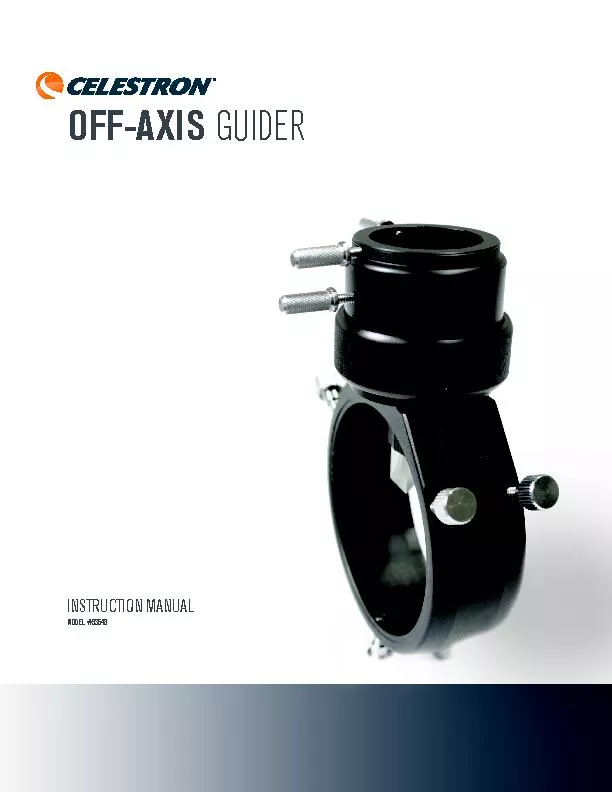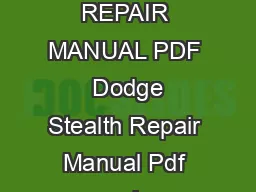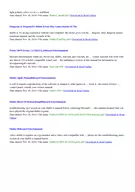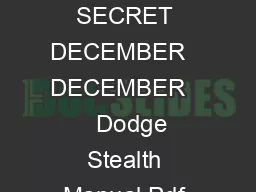PDF-INSTRUCTION MANUAL
Author : cheryl-pisano | Published Date : 2016-06-10
TITLE I 1 MODEL 93648 OFFAXIS PARTS LIST OffAxis Guider SCT Adapter Male M48 Camera Adapter Male M42 Tthread Camera Adapter Long Tthread Spacer Ring 2425mm Medium
Presentation Embed Code
Download Presentation
Download Presentation The PPT/PDF document "INSTRUCTION MANUAL" is the property of its rightful owner. Permission is granted to download and print the materials on this website for personal, non-commercial use only, and to display it on your personal computer provided you do not modify the materials and that you retain all copyright notices contained in the materials. By downloading content from our website, you accept the terms of this agreement.
INSTRUCTION MANUAL: Transcript
Download Rules Of Document
"INSTRUCTION MANUAL"The content belongs to its owner. You may download and print it for personal use, without modification, and keep all copyright notices. By downloading, you agree to these terms.
Related Documents














